Polypropylene pipes are widely used in the process of arranging water supply and heating houses and apartments. In this case, one cannot do without welding PPR pipes. Our tips site has collected the most common mistakes that inexperienced welders make when connecting polypropylene pipes.
In an article on how to conduct a water supply system inside a private house with your own hands, the portal wrote what set of tools would be required for this. One of the most important assistants is a soldering iron for PPR pipes, also known as a welding machine. It seems that it is easier to connect polypropylene pipes than metal ones. In fact, there are nuances, a special technology. If it is broken, the water supply or heating system will not last long..
The first mistake is not to clean the pipes before welding
The process of arranging water supply and heating systems most often takes place in a room where repairs are actively underway. Construction debris, cement, plaster, paint are all around … All this ends up on the pipes. Before starting welding, you must:
- Wipe the pipes thoroughly with a slightly damp cloth;
- Dry;
- Degrease.
Only then can you use a soldering iron. Otherwise, the remaining dust and debris can lead to the fact that the joint will turn out to be of poor quality, the likelihood of leakage in the future increases significantly..
The second mistake is not to withstand the required heating time
Each welder for PPR pipes has a manual. And the manufacturer indicates how long the pipes need to be heated for a quality connection. But the instructions are often not read at all, and the time is timed by eye. Meanwhile, every second counts in the welding process. It is necessary to strictly follow the instructions when using a soldering iron for polypropylene pipes! Underheating leads to disconnection of the connections, that is, to leaks.
Error three – overheating of pipes
The opposite situation – the welder overexposed the pipes in the soldering iron, he thought that this would be more reliable. In the end, it only gets worse! If the underheating can be corrected by reconnecting the pipes, then the overheated parts can only be thrown away, they turn out to be hopelessly damaged.
It is categorically impossible:
- Put the welding machine at its maximum temperature;
- Keep the pipe in the machine for too long.
In this case, the iron of the soldering iron will simply melt the material, the pipe will narrow and will be unusable..
Important! The recommended temperature for welding PPR pipes is + 250–260 ° C. Pipes with a diameter of 20 mm must be kept in the apparatus for 4 seconds, 25 mm – 6 seconds, 32 mm – 8 seconds, 40 mm – 12 seconds.
Mistake four – immediately release the pipe joint
You can’t do that! It is necessary to wait until the heated pipes have cooled down and the junction is securely fastened. For at least a few seconds, you need to firmly hold the connection with your hands, without releasing immediately.
Mistake five – twisting the pipe while soldering
Manufacturers of welders for PRR pipes strongly discourage this. The pipe can be slightly corrected, but not twisted in all directions! The iron of the soldering iron can damage the structure of the pipe, the plastic will deform. Before soldering, you need to adjust the parts and do not rotate in the process.
Mistake six – dissimilar pipes
It happens that there were not enough parts and the owner of the house buys the first fittings and pipes that come across. Often from a different manufacturer, in a different color. It’s not such a big mistake if everything else is done right. However, problems are possible due to the different composition of polypropylene, the difference in the thickness of the pipe walls. In addition, the joints of pipes of different colors do not look aesthetically pleasing, and the owner loses the manufacturer’s warranty.
Error seven – soldering in a cold room
In order for the welding of polypropylene pipes to be of high quality, the room must be at least + 5 ° C. This is indicated by all manufacturers of welding machines. Experts, however, consider the optimum temperature to be at least + 10 ° C. PPR pipes can be deformed at temperatures of + 15 ° C. Therefore, the room where the work is carried out must be preheated. And give the pipes themselves the opportunity to lie down in the warmth, not to start working with parts that have just been brought in from the frost.
Common mistakes when welding polypropylene pipes
Welding polypropylene pipes is a daunting task for the inexperienced welder. Common mistakes include not using the right electrodes, not fusing the pipes properly, incorrect pipe preparation, and failure to use the right flux. By carefully following the instructions, and taking special care to select the proper tools and materials, the welding process can be made much easier and allow for sturdy and durable welds every time.
Services

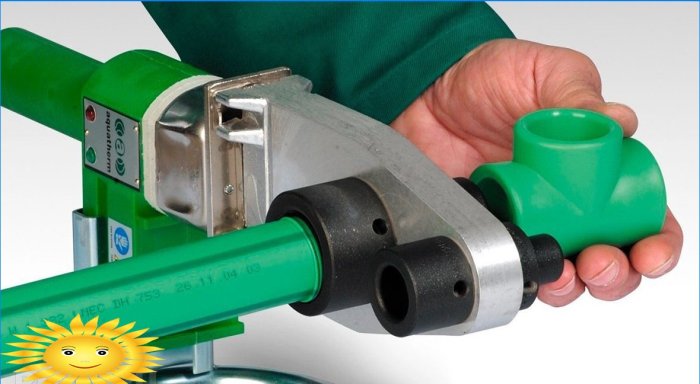
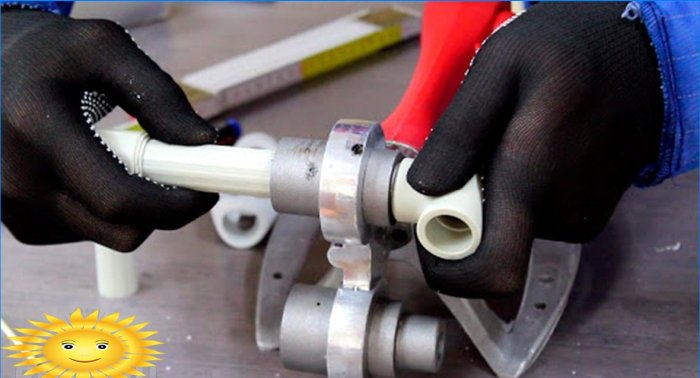
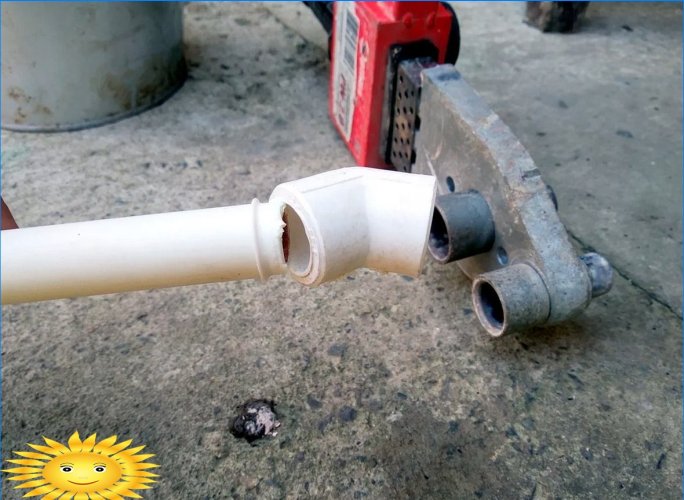

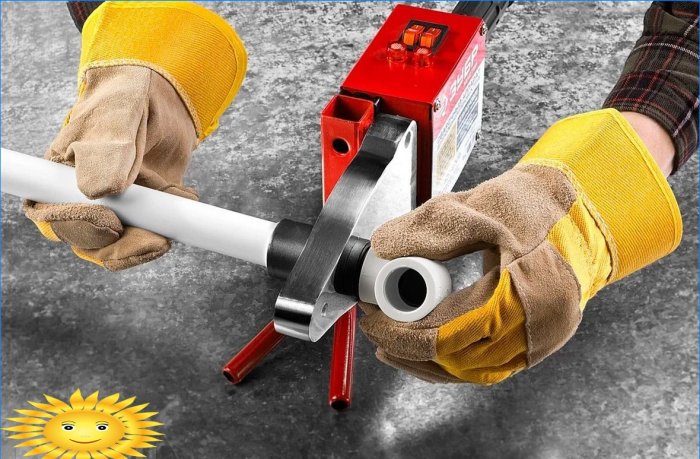
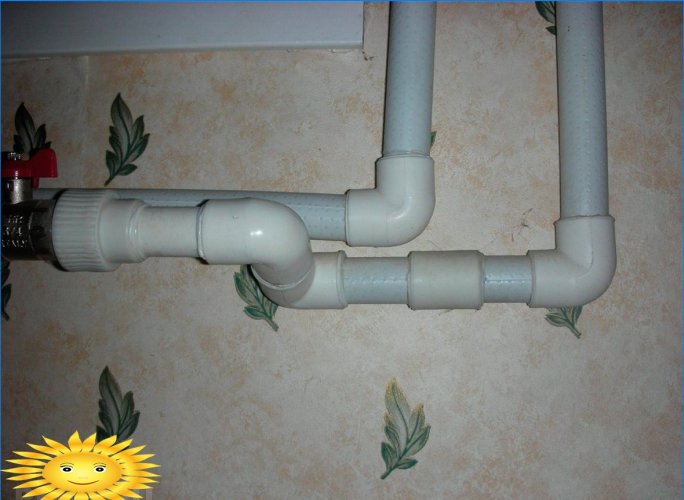
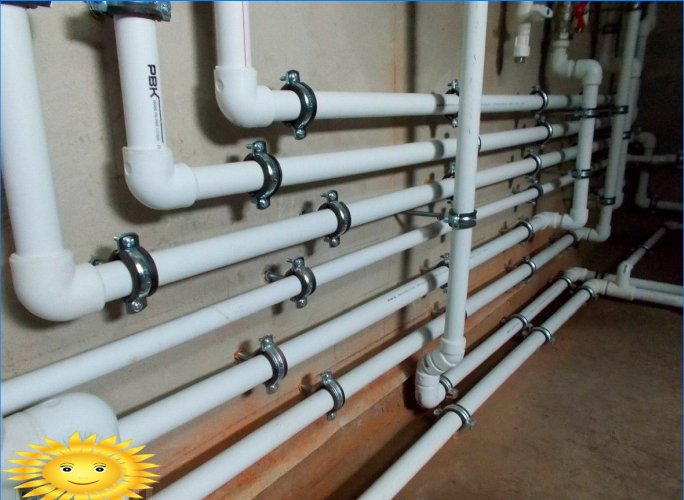
What are some common mistakes to avoid when welding polypropylene pipes?
What are the most common mistakes to avoid when welding polypropylene pipes?
What are some common mistakes to avoid while welding polypropylene pipes?